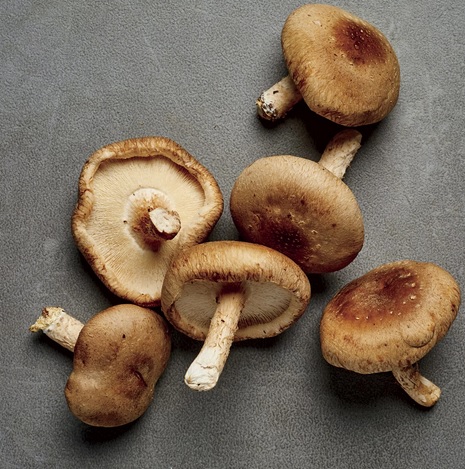Mushrooms belong to the phylum basidiomycetes. It is known for its antioxidant effect and its ability to help obese patients lose weight. The cultivation of mushroom involves four steps namely;
- Grain preparation
- Mycelium tissue culture
- Mother spawn production
- Spawn multiplication and
- Production of mushroom from different agro waste.

- Grain preparation
Grains such as sorghum bicolor and wheat may be used. Wash the selected grain (sorghum bicolor) repeatedly to remove unwanted shaft, stones, and debris. Filter the washed grain into a pot and add calcium carbonate (CaCo3) to stabilize the pH and a reasonable amount of water. Parboil for 10 minutes. Filter the parboiled grain, sundry, and allow it to cool. Mix the grain with calcium carbonate and place it in a dry clean jar and seal it up. Pasteurize for two hours and allow to cool in the storeroom.
- Mycelium tissue culture
PDA (Potato Dextrose Agar) is poured into sterilized Petri dish and allowed to gel. The tissue of a young mushroom plant is cut and placed in the Petri dish with PDA. Leave for seven days to grow into mycelium. Then a one-third of the mycelium is added to about four to five jars of sorghum bicolor (final product of step one above) to initiate ramification.
Ramification: the spawn divides or spreads into branches.
- Mother spawn production
Here, the jars of sorghum from step two are allowed to completely ramify. These jars are referred to as the mother spawn.

- Spawn multiplication
A jar of mother spawn is inoculated into four to five-grain jars and allowed to ramify completely.
- Production of mushroom from different agro-waste
Following the spawn, multiplication is the production of mushrooms from different agro waste. Agro wastes are waste from agriculture or agricultural waste. This waste includes groundnut pod, rice bran, cotton waste, and sawdust.
Method/ procedure
The sawdust is washed with calcium carbonate to stabilize the pH. It is poured into a sieve and drained. A portion of the sawdust can be supplemented with rice bran and the other portion without rice bran. 500g of the substrate is weighed into nylon and labeled respectively. It is then pasteurized for two hours and brought to cool. This substrate will serve as soil for plants. Finally, mix the substrate with the spawn. Wet daily and allow the mushroom to grow and mature. Harvesting is usually done three weeks after.



